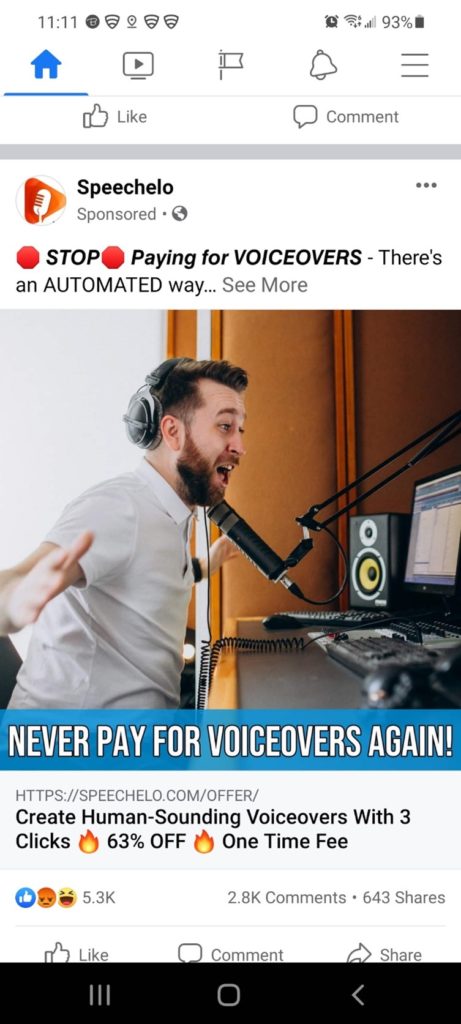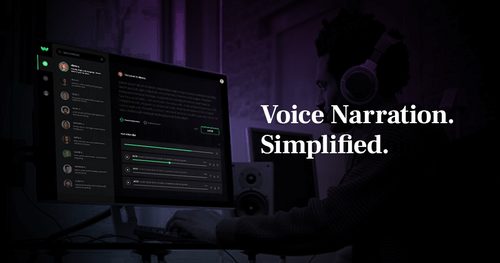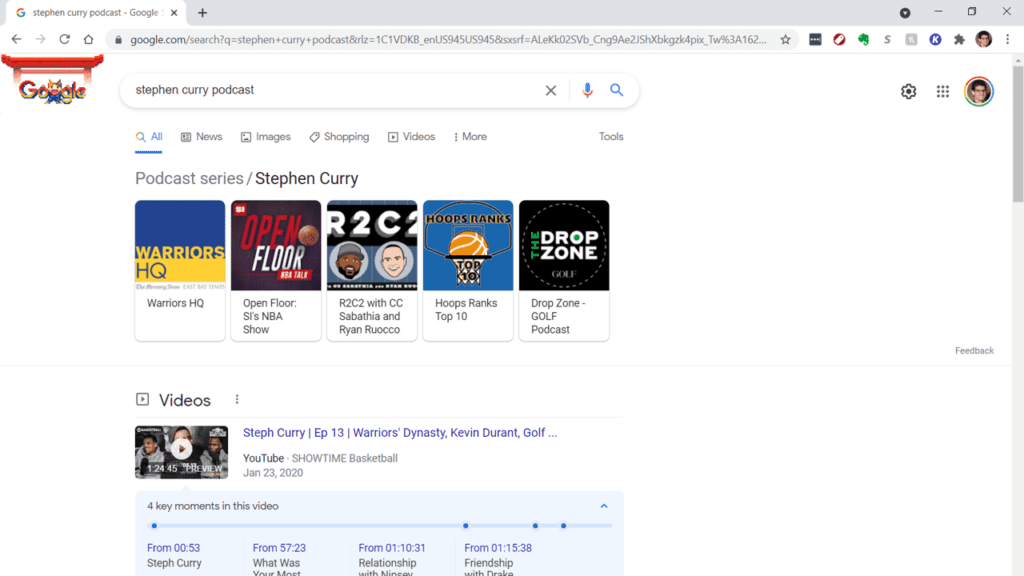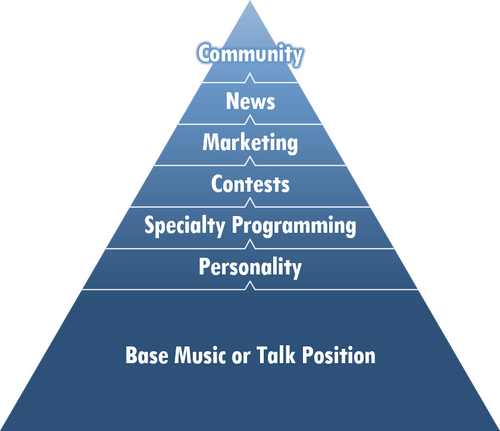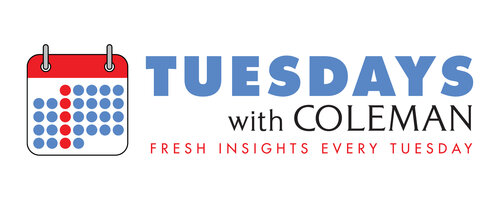
Last week, someone posted about a new song in one of the Facebook groups I’m a part of that’s full of radio geeks like me. In short, this individual claims “Beggin” by Måneskin is a terrible song and bad for the CHR/Top 40 format.
Wait, what?
Of course, you don’t have to like the song. That’s subjective. But bad for CHR? That’s just plain wrong.
As timing would have it, I listened to consultant Loyd Ford’s interview with legendary programming guru Guy Zapoleon on the Encouragers Radio Rally podcast the other day. Besides being thankful that Guy hasn’t slowed down his pace of dropping knowledge during his semi-retirement, I took note of this quote towards the end of the episode related to the role of crossover songs at CHR:
“As important as Pop is for Top 40, you shouldn’t be forcing mediocre Pop songs in the format. Billboard shows Pop is not more popular than the combined amount of Hip Hop/R&B, Country, AC, and Rock/Alternative added in together. There needs to be a better balance on Top 40 that includes the other styles.”
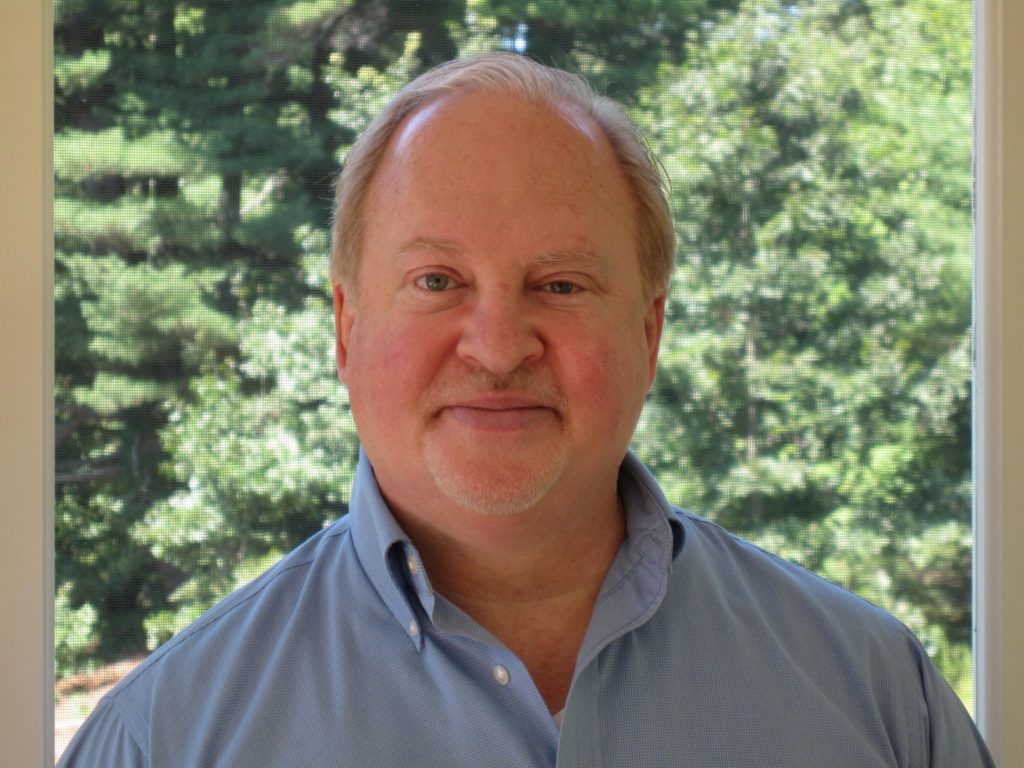
Media consultant Guy Zapoleon
Guy explains how some of the skittishness that the CHR format has in veering outside of Pop goes back to 1989, when the format leaned too heavily into Hard Rock, then overcorrected to the AC side in 1994, a shift that resulted in a third of stations leaving the format.
It was a classic example of Radio’s move from the Extremes to the Doldrums phase of the CHR music cycle, a concept Zapoleon pioneered. In Birth/Rebirth, CHR plays mass appeal music from Pop, Rock, and R&B. In the Extremes, core listeners adopt a trendy music style. Stations lean too heavily into that style, alienating Cume coming from other formats. In Doldrums, the format overcorrects and gets too safe. But, as Zapoleon says, a balanced current music mix can reduce the length of the Doldrums period. As this R&R interview with Joel Denver from 1992 would suggest, he’s been saying it a long time.
As it happens, the Top 40 chart today is looking more cross-format than it has in quite some time.
Kacey Musgraves, a seven-time CMA award winner, is about to crack the Top 40 with “justified”. Elton John has his first Top 40 hit since 1999, thanks to “Cold Heart” with Dua Lipa. Pop Country star Kane Brown’s team up with Blackbear is in the Top 20. “Fancy Like” by Walker Hayes can celebrate with some Bourbon Street Steak as he heads from the Country chart towards the Top 10. And Måneskin –good ol’ “bad for the format” Måneskin–an Italian Rock band formed five years ago, is in the Top 5 with “Beggin”.
Is this good for the format?
I reached out to Guy a few days ago to discuss. While crossover songs can be very good for CHR, the answer (as you might expect) is way more layered.
Guy explained that the Extremes cycle, which leaned into Core Hip Hop in 2018 and 2019, gave way to the Doldrums in 2020. And while he doesn’t expect an overcorrection the likes of 1994 (“I think enough Top 40 programmers [understand] the Music Cycle and buy into [the fact] that Pop is the glue for Top 40”), he does think there’s a disparity between the most popular songs and the most played songs at CHR.
Check out this chart that Guy created and shared with me:
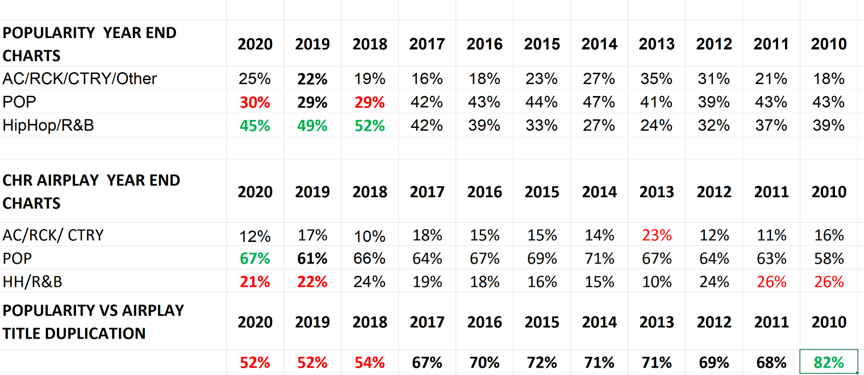
The top shows the percentage of songs by sound code in the Billboard year-end chart (which includes streaming and sales.) The bottom shows the percentage of songs by sound code in year-end CHR airplay. Note how in 2010, a year most would call a very successful one for Top 40 (think Katy Perry, Bruno Mars, Lady Gaga, Black Eyed Peas), there was an 82% duplication between the most popular songs on the Billboard chart and the most played songs at CHR. The last few years, it’s closer to 50%, as stations force the two-thirds percentage of Pop airplay and underrepresent the combination of Hip Hop, AC, Country, and Alternative/Rock.
How long will the Doldrums last? Guy believes it could be until at least 2023 but explained there are a few key strategies CHR stations should focus on as they navigate the Doldrums phase.
- Stick to the basics. “Follow the Coleman Image Pyramid. Clear music position, great personalities, invest in marketing, [including being great at] social media.”
- Don’t lose the hits that are in front of your face. “Don’t overfocus on national charts and be patient. Last year, Top 40 had only 28 consensus powers, the lowest I’ve seen after studying radio for 60 years. This year there are 21 so far, and it is already mid-October.”
And, of course…
- Play a balanced music mix. “Top 40 has to be open to crossover hits from AC, Country, Alternative, and Hip Hop if its melodic and catchy.”
So yes, Top 40 radio should be playing Måneskin, but don’t lose sight of why you should… and remember to take into account Guy’s other elements required for format success.




